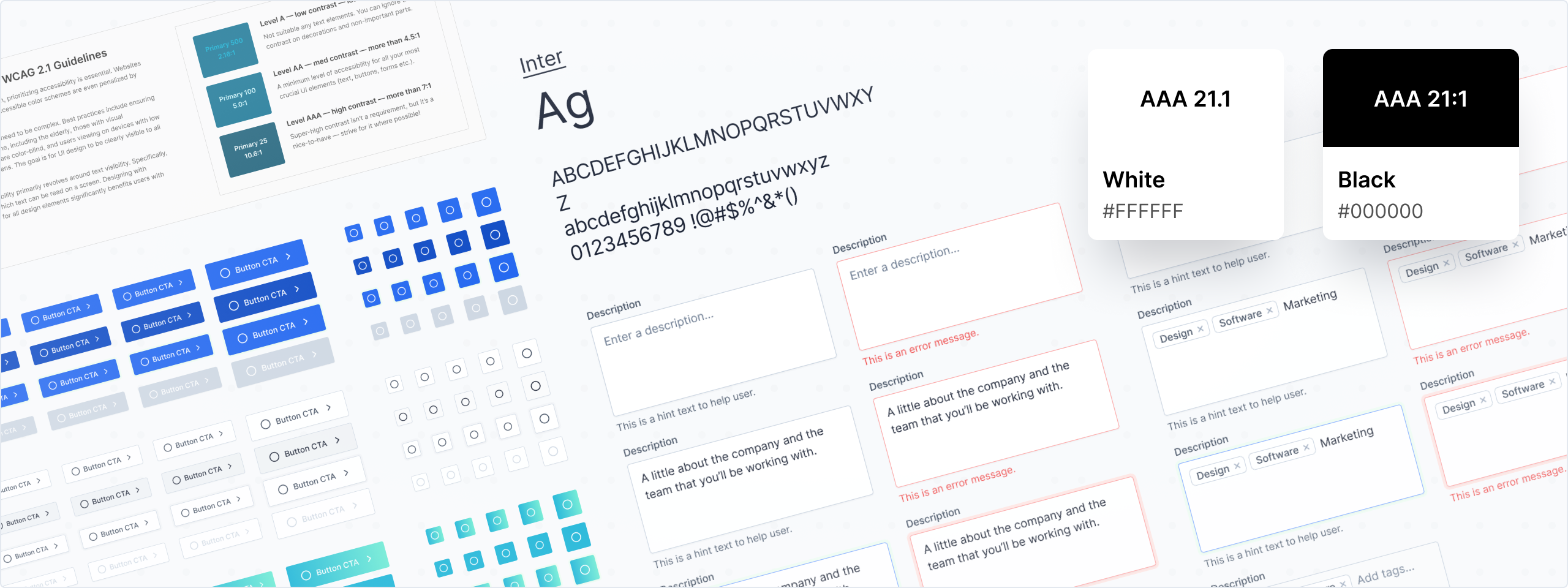Whether someone is new to the task or already an expert, how you support them can make or break their entire progress. That's where the Situational Leadership framework comes in handy. It encourages you to adapt based on two key factors:
⦁ How skilled your team member is at a specific task
⦁ How motivated or confident they feel doing it.
When you meet people where they are, you build trust, boost performance, unlock their potential.
Leadership Is Not About Titles, It’s About Context
It’s a common mistake to equate someone's job title or years of experience with their ability to handle any kind of task. In reality, proficiency is task-specific. A senior designer may be exceptional at visual storytelling but struggle to structure a data report without proper guidance. On the other hand, a financial analyst could likely ace that very same task with minimal supervision.
That’s why it’s critical to assess:
⦁ Has this person done a similar task before?
⦁ How close is this task to their core skill set?
⦁ How confident and motivated are they to complete it?
Only then can you decide how much direction or support is required.
Let’s break down the four development levels (D1 to D4) and how to lead at each stage.
D1 – The Enthusiastic Beginner
“I want to, but I can’t (yet)”
These are your fresh starters: energetic, optimistic, and ready to jump in. They may have little
experience in the organization or with the specific task but show curiosity and drive. Often, they
don’t yet realize how complex the work might be, and they may overestimate their abilities.
At this stage, clarity is everything. They need clear and specific tasks with simple, illustrative
examples, tools and resources they can use, information about priorities and timelines, how success
will be measured, and how to proceed step by step. Think of this as teaching mode: break things
down, demonstrate the process, and check for understanding.
Use Leadership Style S1 – Directing: Be explicit about expectations, walk them through how to do
the work, and keep a close eye on their progress.
D2 – The Disillusioned Learner
“I still can’t... and now I’m not sure I want to”
After the initial excitement fades, reality kicks in. Tasks are more complex than expected, progress
feels slow, and self-doubt creeps in. It’s common at this stage for motivation to dip. The team
member may question the company, manager, or even their own capabilities.
What they need most is reassurance, support, praise for early successes, and understanding from the
manager. Leaders should listen actively, involve them in decisions, and explain the why behind
tasks. This is the time for coaching: not just giving instructions, but having honest conversations
about obstacles, fears, and growth.
It’s also vital to normalize setbacks - mistakes are part of the process. Celebrate small wins and
help them analyze both successes and failures without judgment.
Use Leadership Style S2 – Coaching: Focus on coaching rather than just directing. Openly discuss
challenges, be a source of encouragement, and assist in solving problems.
D3 – The Capable but Cautious Performer
“I can (not always), and I’m willing”
These employees have developed solid skills but may still lack confidence in applying them
consistently. Some tasks may seem routine or dull to them, while others feel just outside their
comfort zone. They might be self-critical, quietly hesitant, or skeptical about long-term commitment
to the organization.
At this stage, trust is key. They’re capable, so micromanaging will only frustrate them. Instead,
leaders should provide room for independent work while remaining available for support. Acknowledge
their input, give space to share ideas, and reinforce that their doubts are valid but solvable.
This is also a good time to introduce more ownership over results. Encourage them to take the lead
on certain parts of a task or project. Confidence often comes through experience, and through
knowing their manager believes in them.
Use Leadership Style S3 – Supporting: Offer a supportive presence without taking over. Empower
them to make their own choices, give constructive feedback, and be sure to highlight their
achievements.
D4 – The Self-Reliant Achiever
“I can, and I want to”
These are your stars - competent, confident, and often inspiring others. They don’t just complete
tasks, they seek out challenges. They bring experience, autonomy, and motivation to the table. They
might be mentoring others already or leading initiatives on their own.
The biggest mistake here is assuming they don’t need anything. Even high performers need support,
just in a different form. Rather than instruction, they thrive on trust, recognition, and meaningful
challenges. Delegation works best here not just to offload tasks but to stretch and engage them.
Be mindful, though: if these employees are not given opportunities to grow or feel their efforts go
unnoticed, burnout can creep in. Over time, they may quietly slide into a mindset of “I can, but I
no longer want to” which can lead to disengagement or even toxicity.
Use Leadership Style S4 – Delegating: Delegate with confidence, assign them the strategic tasks,
and create opportunities for them to step into leadership roles. Celebrate their accomplishments and
let them guide newer team members.
One Task, Four Levels of Readiness
It’s important to remember: one person can move between D1 and D4 depending on the specific task. A
senior developer might be D4 in writing code but D1 when asked to lead a client workshop for the
first time.
That’s why good leadership is dynamic. It’s not about being consistent with your
style, it’s about
being consistent in
responding to your team’s needs. To apply situational leadership effectively,
observe these signals:
⦁ How do they approach new tasks?
⦁ What results are they producing?
⦁ How do they assess their own performance in 1:1 conversations?
⦁ Do they ask for support or avoid challenges?
⦁ Are they confident and enthusiastic, or hesitant and overwhelmed?
Want to work with a delivery partner that knows how to lead high-performing teams? Let’s talk.
Final Thoughts
Ultimately, strong managers instinctively know when to take the lead, when to offer a guiding hand, and when to simply step back and trust. By genuinely matching your leadership to where each person is on their development path, you'll not only see better outcomes, but you'll also forge deeper trust, stronger loyalty, and incredible long-term growth.
After all, leadership isn't about power, it's about seeing and nurturing potential.
At Pelogic, we use this kind of leadership every day - whether it’s one developer working on a
custom BIM plugin or a team handling a complex integration. For us, it’s not just about writing
solid code, it’s about helping our people grow, take ownership, and become trusted partners on every
project.






